From a disused golden tin that still smelled of tobacco, the green cardboard “free dinner” tickets were handed out each day.
Like poor man’s laminate, they were covered in clear sticky tape so they would last for an entire school year in the grubby pockets of those charged with looking after them until lunchtime.
That wee ticket, however, was a gateway to more than just cold gravy and pink custard.
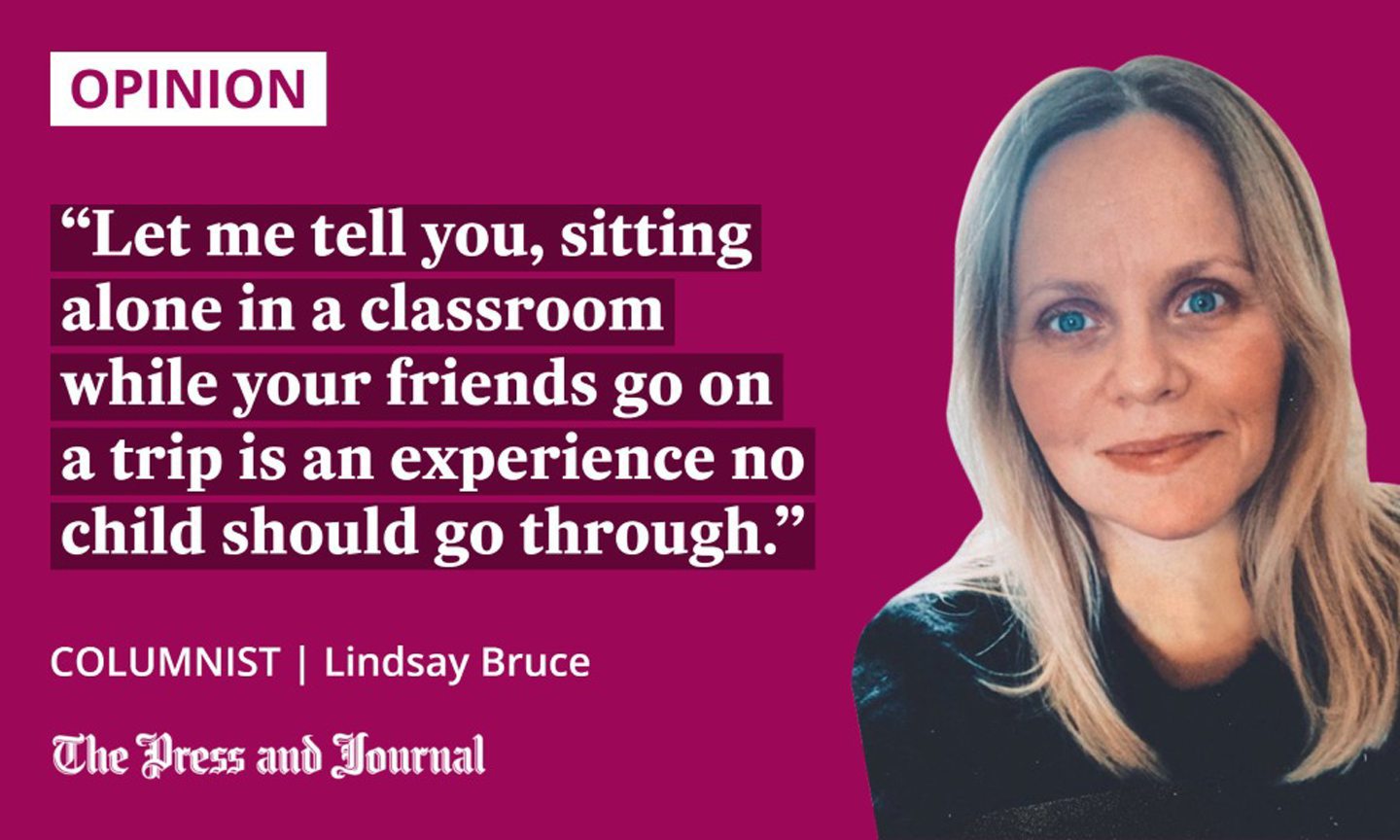
If you were “a free dinner” in primary school (can you imagine labelling a child that now, by the way?) you would likely also get a clothing grant to enable parity of school uniform. And, when it came to the annual “big ones” week away at some kind of outdoor activities centre, subsidies could be provided.
Coming from a single parent family, in a community living through miners’ strikes and steelworks closures of the 1980s, my friends and I were in and out of the green ticket club for years. Just the thought of the slop bucket or instant mashed potato dished up with an ice-cream scoop still turns my stomach now.
I’m grateful, though, for whatever scheme facilitated children like me having a shared experience away from home with their peers.
All children deserve a trip away with their peers
Last week, former teacher and Scottish Conservative MSP Liz Smith proposed that all children should have the right to at least one week of residential outdoor education, and have that right enshrined in law.
Thank you to everyone who has had their say on my Outdoor Education Bill via the consultation.
Please complete the form by July 22 to have your views heard. 👇https://t.co/FglkclVymh
— Liz Smith (@mspliz) May 3, 2022
Placing a requirement on all local authorities and grant-aided schools to make provision for 12 to 16-year-olds to experience at least one week of residential outdoor education in their school career, she has already won support from organisations such as the Outward Bound trust in Scotland.
And, for what it’s worth, she has my support too.
Without question, had financial assistance not been provided I would not have been able to go on residential educational trips. I know that because, when a week in Bonskeid House, Pitlochry as a primary kid was replaced with 10 days abroad in secondary school, I simply wasn’t allowed to go.
If I could bottle the memories and electric excitement of waving goodbye to a housing scheme for a dorm in an outdoor pursuits centre, I would
I suppose it’s a stretch to suggest that all children deserve a week in the sun. However, one recognised definition of child poverty is to grow up in a family without the resources to “obtain the type of diet, participate in the activities and have the living conditions and amenities” which are normal in 21st century Scotland.
Let me tell you, sitting alone in a classroom while your friends go on a trip is an experience no child should go through.
And, if I could bottle the memories and electric excitement of waving goodbye to a housing scheme for a dorm in an outdoor pursuits centre, I would.
The Time of My Life (in more ways than one)
In primary six, we joined the P7s in Pitlochry. We gorge-walked, we visited the Pass of Killiecrankie, we drew salmon leaping up a ladder, and we stayed up all night convincing ourselves that the halls of the YMCA-owned mansion we were staying in was haunted by a pink lady.
I can still smell the heather and lavender from the Blair Castle gift shop now.
A year later, my 11-strong primary seven class joined two other tiny senior classes from rural primary schools for five days in Muirkirk, Ayrshire.
It took me a week to select which outfit to pack for the hotly anticipated final night disco. Navigating an assault course in the pouring rain, getting soaked to the skin and still finding mud in my ears six weeks later paled into insignificance at the prospect of dancing with the red-haired Rick Astley lookalike that was Ian Lamb.
As (I’ve Had) the Time of My Life kicked in, I was narrating my evening like an episode of The Wonder Years. Holding hands, wearing lilac jeans and a knock-off Naf Naf jumper, I’d never felt so alive.
Melodramatically, my 11-year-old world came crashing down on the bus journey home. I got dumped – in front of my friends – between the Jive Bunny and the Mastermixers sing-a-long and belting out Tonight by New Kids On The Block.
Residential outdoor education should be part of the curriculum
Those moments and memories have lived with me forever.
The friendships we made with kids from the other schools continued for decades. And the confidence we got swinging from rope courses and travailing gorges with water blasting in our faces prepared us for the unknown entity that was impending high school.
‘Many children from some of the more deprived areas do not get the same opportunities as their counterparts elsewhere’
In support of her case, Liz Smith said that, in light of the pandemic, there’s growing national concern about the physical and mental wellbeing of young people. She added: “Many children from some of the more deprived areas do not get the same opportunities as their counterparts elsewhere, meaning residential outdoor education should be a key part of the curriculum.”
I absolutely agree.
Lindsay Bruce is obituaries writer for The Press and Journal, as well as an author and speaker
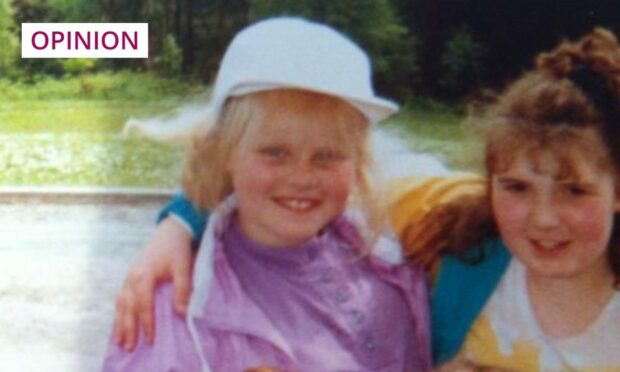
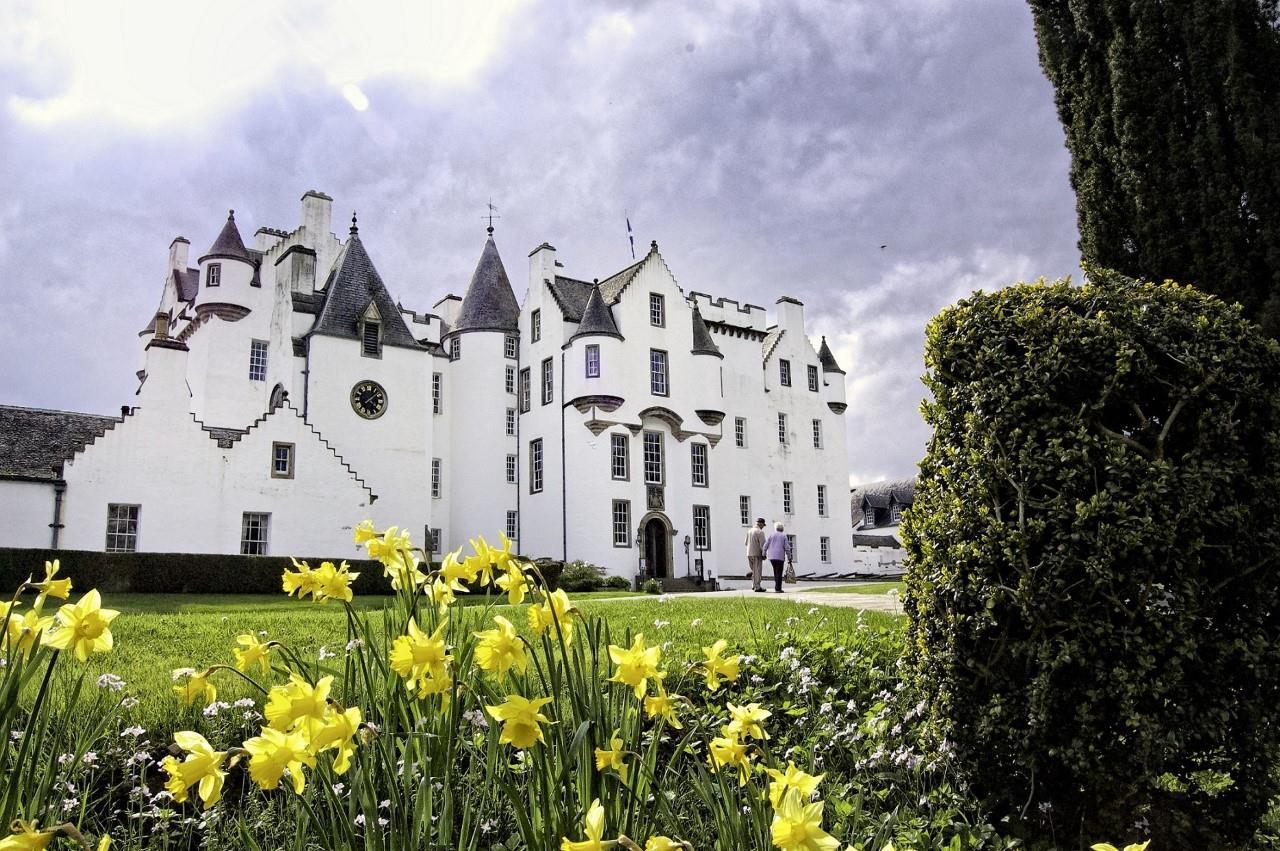
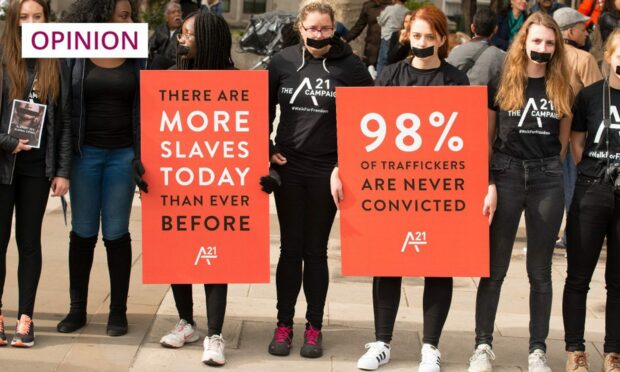
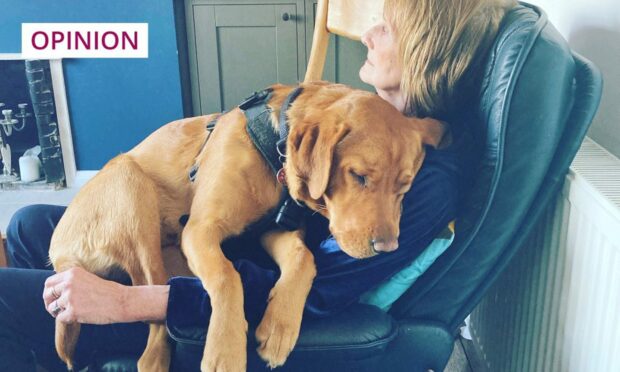
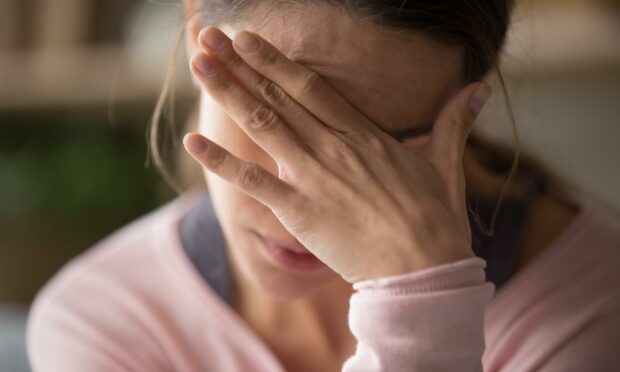
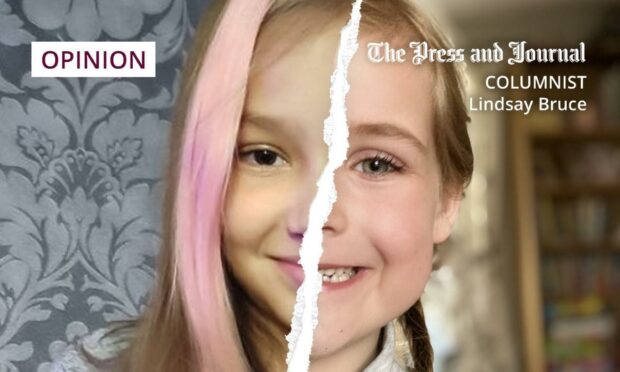
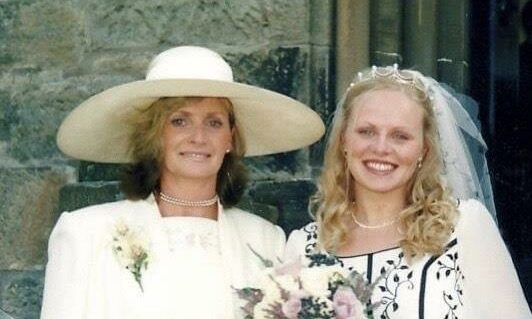










Conversation